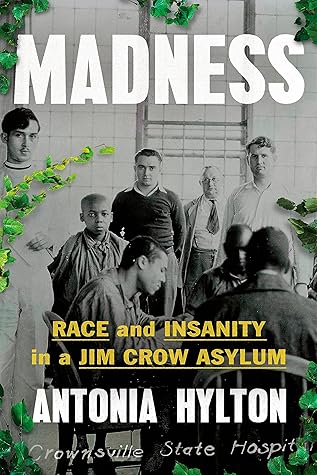When Jacob Morgenstern took over as superintendent in 1947, he expressed his extreme discomfort with the practice, and the number of lobotomies quickly plummeted. They weren’t nonexistent, though. A report I obtained from April 1950 noted that a Crownsville patient named William traveled to nearby Baltimore City Hospital for a lobotomy. There was no information about the procedure or his symptoms. All I could find, among other routine administrative announcements, was the news that William had died following the lobotomy. He was only thirty-three years old.
Welcome back. Just a moment while we sign you in to your Goodreads account.


